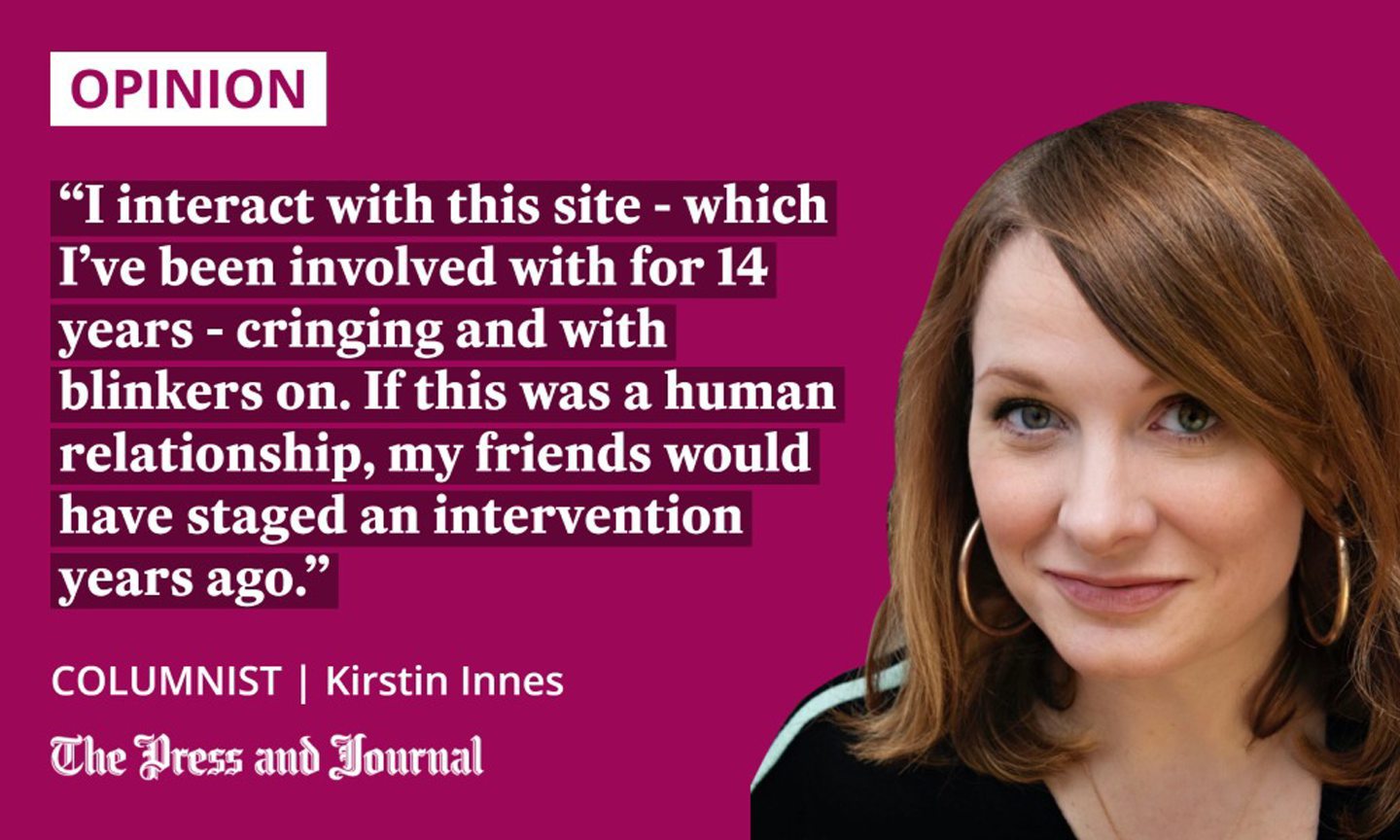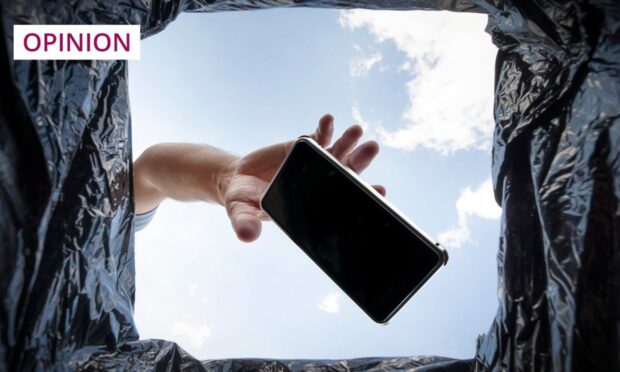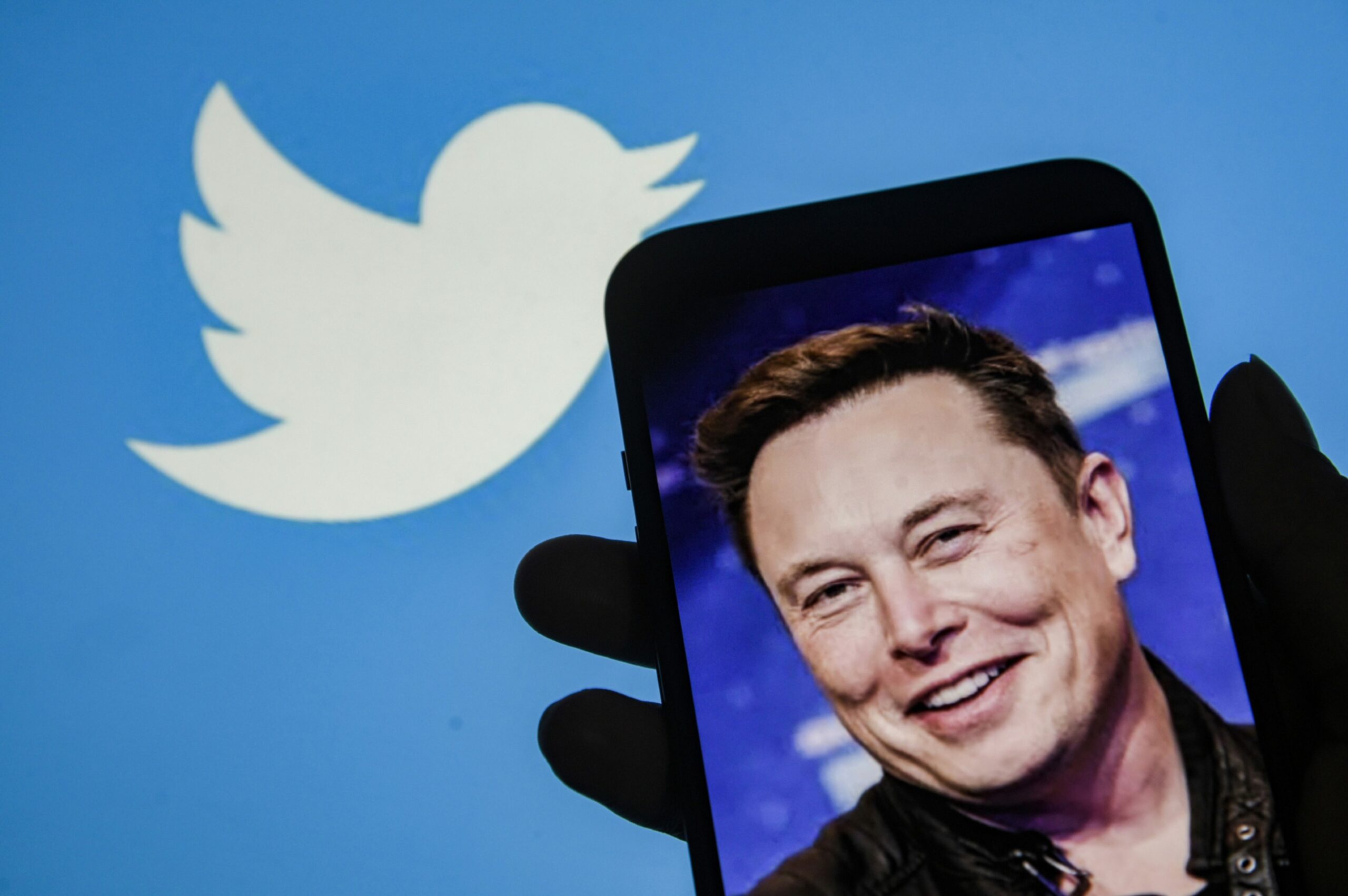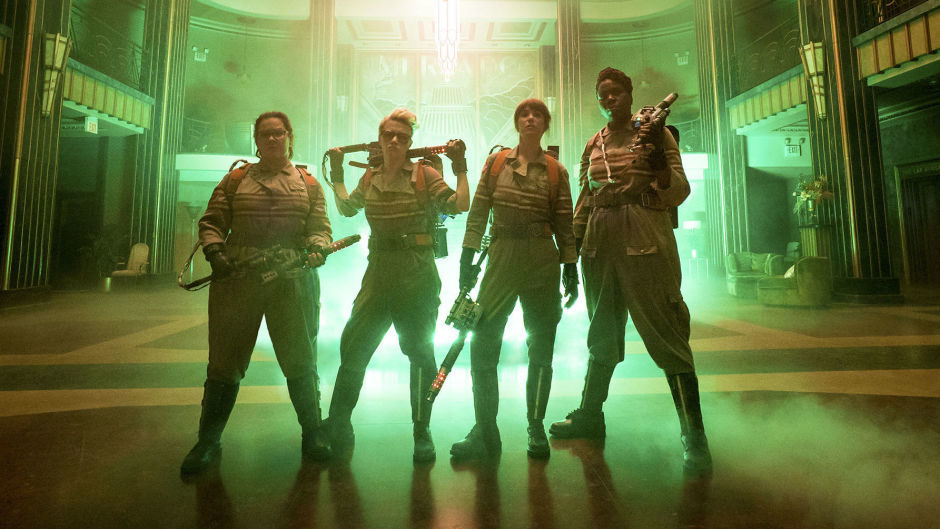From Twitter to film reviews, the online world is now dominated by a tone of weary cynicism that we could (and perhaps should) all live without, writes Kirstin Innes.
“It’s your Twitter anniversary! Celebrate with a special tweet created just for you.” I click.
“You joined 14 years ago today! Share the big day with others in your Twitter community.”
The special tweet created just for me says: “Do you remember when you joined Twitter? I do! #MyTwitterAnniversary”. I elect not to post this.
Nowadays, I usually elect not to post or be on Twitter at all. On the mornings I forget, reach for my phone and auto-scroll before I’ve woken properly, I can encounter 10 things to feel appalled, depressed, angry and frustrated about in 30 seconds.

Then I remember, put the phone down, make my children breakfast, but the damage is done – a hopeless cloud of general doom already settled about my day.
Usually, I have systems in place. I deleted my apps and can only access social media via web browser, which I can control with an internet blocker, limiting the time my easily-addicted brain can spend on social media. I also have a number of names and terms blocked on Twitter – there are certain topics I just don’t have the bandwidth to engage with anymore.
As an author, my publishers expect me to maintain a social media presence in order to publicise my books, but, essentially, I interact with this site – which I’ve been involved with for 14 years – cringing and with blinkers on. If this was a human relationship, my friends would have staged an intervention years ago.
All online interactions are going the way of Twitter
This isn’t another column bemoaning the buyout of Twitter by the current Main Character of the Western World, that very rich, needy man who doesn’t need another namecheck. Although the standards of Twitter conduct are plummeting now, he’s just a side effect of a longer malaise.
The Main Character’s job is to suck up all the attention, monopolise all discourse with a continual avalanche of outrage, until we’re all exhausted and beaten down, unable to do anything but keep on scrolling.
The Main Characters thrive on Twitter because it is the biggest, rawest, most chaotic part of the internet, operating somewhere between a central nervous system and Grand Central Station at rush hour. Opinions colliding and smashing together, aggressive cells set off at the slightest hint of threat.
But the boorach on Twitter is really just the way most online interaction with anything happens now, writ a bit larger.
Even movies for kids aren’t out of bounds
Last week, I took my six-year-old for a cinema date. We picked the film, Disney’s Strange World, only because it was the only child-suitable movie on in the daytime during the teachers’ strike. (Our last House of Mouse cinema trip was to the disappointing Lightyear; my expectations were not high.)
Yes, it’s a simplistic analogy, but it’s pitched perfectly for children – its target audience
Two hours later, we emerged, blinking, into the rainy retail park, having been transported. We went for chips and spent a beautiful hour discussing the film; his imagination sparked by the visuals and his mind whirring with the eco-message, that the human characters had to give up their technologies in order to save the world.
In the movie, the world is actually a giant turtle swimming in the sea; the technology is fuelled by literal power plants whose roots are choking its heart. Yes, it’s a simplistic analogy, but it’s pitched perfectly for children – its target audience.
Feeling genuinely enthused, I wandered online to read reviews of the film that evening. Sharing the experience of a film or TV show is something I’ve always loved that the internet allows me to do.
Unfortunately, my previously-mentioned blinkers meant I hadn’t realised Strange World – whose protagonist happens to be a gay, mixed-race teen – is the latest target of a hate campaign waged online against “woke” movies, which seems to mean anything remotely representing a world that is not 100% straight, male and white.
It might be time to learn to live without technology
Every online movie review forum has been bombarded by one-star ratings, dripping with bile, intended to manipulate the algorithm and make the film tank. Previous high-profile victims of this sort of targeting include the all-female Ghostbusters remake, Star Wars movie The Last Jedi (its stars subjected to horrendous misogynistic and racist bullying), and, most recently, Lord of the Rings prequel The Rings of Power (which dared to cast non-white actors).
Perhaps because of Strange World’s big brand or the simple message, even legitimate review sites seemed to be dominated by weary cynicism, the prevalent tone of everything now. I eventually logged off, trying to preserve the joy of the real-life moment.
The one joy I still get out of my toxic Twitter relationship comes on a Saturday night, scrolling the #StrictlyComeDancing hashtag for amusing commentary on the glorious campfest of it all. That genuinely feels like what I got into this for – a communal experience shared with strangers that doesn’t descend into name-calling and aggro.
In the retail park, post-movie, I couldn’t get a phone signal to call us a taxi for about half an hour. My kid watched my frustration and spoke with the irritating smugness of someone who has just absorbed an important life lesson: “It’s just like the film, Mum – you have to learn to live without technology again.” He might be right.
Kirstin Innes is the author of the novels Scabby Queen and Fishnet, and co-author of non-fiction book Brickwork: A Biography of the Arches



Conversation